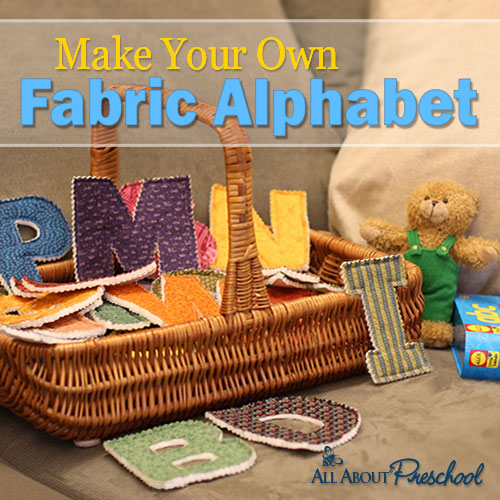Tactile Learners : 21 Awesome Activities for Hands On Learning
Teaching Strategies for Tactile Learners & Tactile Learning
Do you have a tactile learner on your hands? (PUN intended!) 😉
Tactile learning is fun. The key for teaching tactile learners is to add some type of hands-on activity to each lesson you teach.
If your child is a tactile learner, then your best teaching tools are hands-on learning kits. The great news: there are a lot of educational kits and hands-on activities you can use for teaching your tactile learner.
One example is the paleontologist kit we used (see the picture). A tactile learner loves unearthing his own dinosaur bones! We added this kit to a great visual book about dinosaurs. Add any tactile learning activity to your teaching, so your tactile learners will remember their lessons.
Using hands-on, tactile learning activities helps your child learn every subject better. Teaching is often just talking or reading, especially for some subjects. When there is no tactile learning activity, your tactile learner won’t have a chance to experience the lesson. Your child has to feel learning with his hands. He needs to touch things and move things to learn well.
Activities and Strategies for Teaching Tactile Learners
To help you with tactile learning activities for teaching, I’ve made a list of tactile activities for you. There are several tactile learning activities listed below which you can add to lessons for tactile learners. Each learning activity is hands-on.
This table of tactile learning activities is not complete. Don’t feel limited to the activities listed here. Feel free to add tactile learning activities of your own.
Note: tactile learners usually like kinesthetic learning activities too.
You may want to check out the list of kinesthetic activities too. You can mix the tactile learning and kinesthetic learning lists for more learning fun.
Jot down the tactile learning ideas you like best. Feel free to come up with your own ideas too. Build a list of the tactile learning activities your child likes best. That will make teaching easier for you over time. You’ll have a ready list of teaching activities at your finger tips. You may want to bookmark this page as a ready reference for tactile learning activities too!
Use the table below to start your own list of tactile learning ideas for teaching tactile learners. Anything that comes to your mind is worth writing down!
Hands-On, Tactile Learning Activities for Teaching Your Tactile Learner
| Drawing | Modeling Clay or Playdoh |
| Felt Story Boards | Painting or Finger Painting |
| Finger writing on any textured surface. Examples: velvet, textured cloth, sandpaper, sand table, rice table, in a pan with oil or liquid soap, etc. including textured flash cards | Foot writing on any other textured surface. For example: use bare feet to trace or write information on carpet, grass, sand, etc. |
| Writing on Raised-line Papers or slick, thick paper (it has a different feel than traditional notebook paper). | Using smooth-rolling gel pens |
| Art Materials | Building Projects |
| Learning Games | Project Kits |
| Lapbooks | Sorting Kits |
| Making Dioramas | Hands-on Experiments |
| Making Models | Artisitic Writing (Calligraphy) |
| Math Manipulatives (magnetic letters, letter tiles, abacus, blocks, etc.) | Creative Cutting of shapes or images with scissors, or paper crafts |
You may also want to buy “Winning Science Fair Projects” books and for great project ideas. (I’ll tell you, building a potato cannon is GREAT fun for a tactile learner!)
Winning Science Fair Projects
$7.99 (as of 20 December 2025 16:38 GMT -05:00 - More infoProduct prices and availability are accurate as of the date/time indicated and are subject to change. Any price and availability information displayed on [relevant Amazon Site(s), as applicable] at the time of purchase will apply to the purchase of this product.)You can have your child measure, draw, build, make things, etc. Anything your child can do with his hands is a great tactile learning idea.
Create a list of activities for teaching your tactile learner. You can use the list when you create multi-sensory lessons. You can pick one activity for each learning style (VAKT: Visual, Auditory, Kinesthetic, Tactile) for multi-sensory teaching. If you know your child is a tactile learner, teach your child by using tactile learning activities most of the time.
Teaching using tactile learning activities may be all you need to get your tactile learner learning! If you need more ideas for your tactile learner, teaching kids with a tactile learning style, may be helpful to you too.















